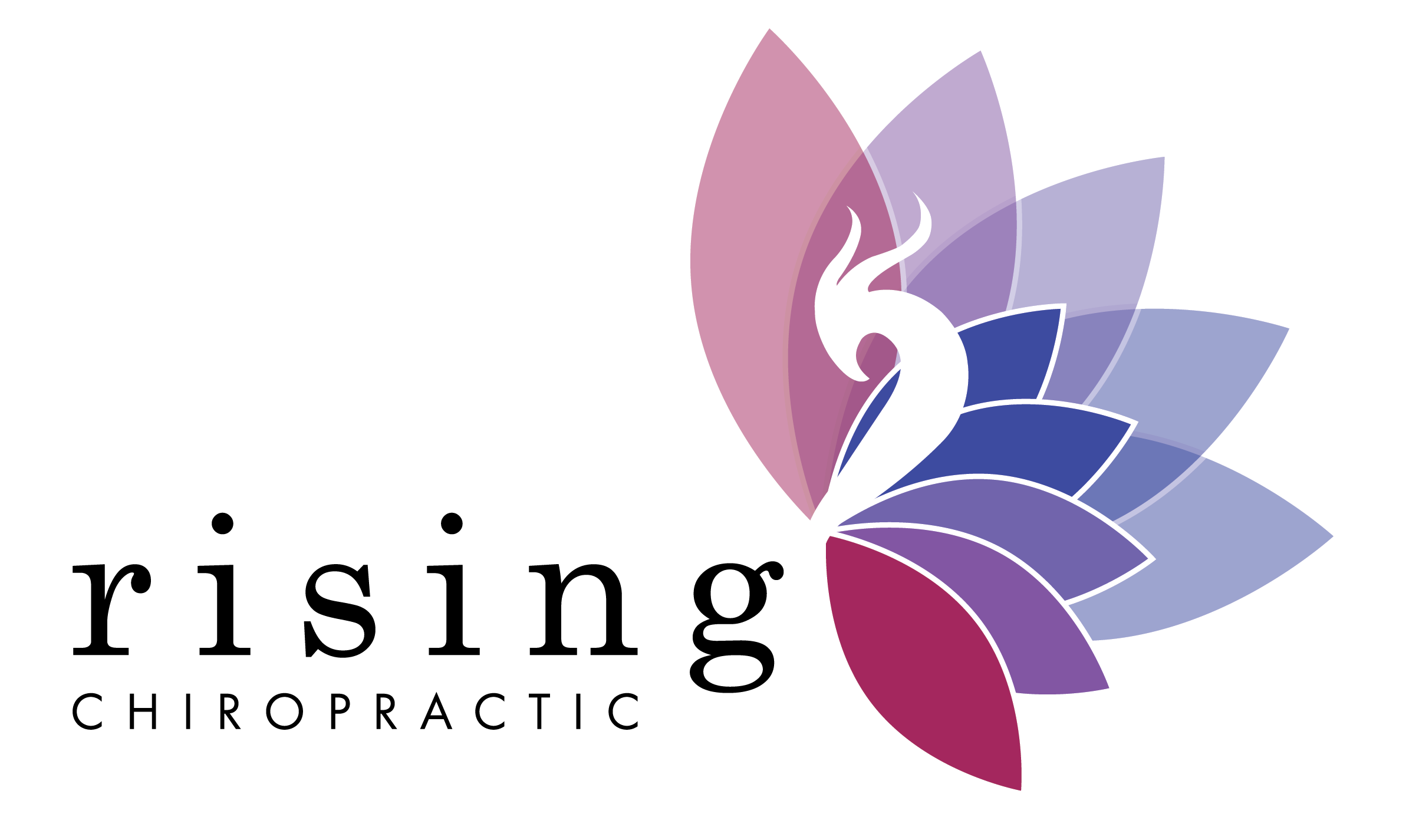Designed & Boosted by My Social State
HOW CAN CHIROPRACTIC HELP YOUR THYROID WORK BETTER?
January is National Thyroid Health Month. In the United States, medication for thyroid is one of the most prescribed medications. According to the American Thyroid Association, approximately 1% of the population live with hypothyroid disorder, with another 10% that have thyroid disorder on a subclinical level. Affecting mostly women, the thyroid gland does not make enough thyroid hormone and causes an array of symptoms such as joint pain, cold intolerance, constipation, depression, difficulty concentrating, dry skin, fatigue, hair thinning, hair loss, memory impairment, muscle pain, weakness and weight gain.
While some in the medical community will argue that hypothyroidism is simple to treat, those who live with it understand its complexity and the delicate balance required to adequately manage it—which so many rarely achieve. Often, treatment includes putting something into the body—in this case, thyroid hormones—to cause the gland to work better. But that is where medicine often stops short, leaving many to suffer through their symptoms.
WHY is the thyroid gland not functioning well in people with thyroid disease? Unfortunately, that question has not been adequately answered by the medical community. Could there be another way to approach this very common health issue?
The Annals of Vertebral Subluxation Research published a case study on December 10, 2015, documenting improvement in symptomatology of a chiropractic patient living with thyroid disorder. This case involved a 44-year-old woman who went to her chiropractor for primary complaints of pain in the upper back and between her shoulders. These problems seemed to be the result of an automobile accident she was involved in 23 years prior. The accident was a severe head-on collision which resulted in a loss of consciousness and some amnesia. She was taking a thyroid medication for her thyroid problem.
A chiropractic examination, which included postural inspection, palpation, surface EMG, thermography, and spinal x-rays, showed a loss of the normal neck curvature and the presence of subluxation. Specific chiropractic adjustments were started at the rate of three visits per week for a month, after which the frequency of visits was reduced.
“After one month of care, the patient came into the chiropractor’s office with her teeth chattering, her hands shaking, and the signs of tremors. The chiropractor suggested that the woman return to her endocrinologist to be retested for her thyroid issue. The results of that testing showed that her thyroid had regained enough function that the endocrinologist recommended a reduction in the woman’s medication.
“At the six month point of her care, the patient showed significant functional and structural improvement, and her neck curvature returned to a near normal forward curvature. In their conclusion, the authors reported that the chiropractic “treatment regimen is shown to be effective in reducing vertebral subluxation as well as improving the cervical curve in a 44-year-old patient with hypothyroidism. The reduction in signs and symptoms of VSC (verterbal subluxation complex), in this case, correlated to a reduction in hypothyroid symptoms and an overall increase in thyroid function.”
Most do not consider chiropractic care for non-spinal symptoms. However, we know that regular chiropractic care aimed at restoring the function of the nervous system will ultimately improve function throughout the entire body. This is not to say that chiropractic specifically treats any particular health condition. Yet, this case is a great example of how the body can heal itself once barriers to health (vertebral subluxation) are removed.
If you or a loved one lives with thyroid disorder, consider adding regular, principled chiropractic care. We at Rising Chiropractic are here to help you rise about your current health limitations and achieve a higher level of overall function, health, and wellness.
Reference:
Bak AD, Englehardt PR. Improvement in Cervical Curve and Hypothyroidism Following Reduction of Subluxation Utilizing Chiropractic Biophysics: A Case Study & Selective Review of the Literature . Annals of Vertebral Subluxation Research. December 2015:226-237.
Info@risingchiropracticevans.com
PHONE
(706) 524-8077
ADDRESS
625 Ponder Place Drive #2
Evans, GA 30809

HOURS
Monday:
9:00 AM - 11:00 AM
3:00 PM - 6:00 PM
Tuesday:
2:00 PM - 6:00 PM
Wednesday:
9:00 AM - 11:00 AM
3:00 PM - 6:00 PM
Thursday:
2:00 PM - 6:00 PM
Fri, Sat, Sun: CLOSED

